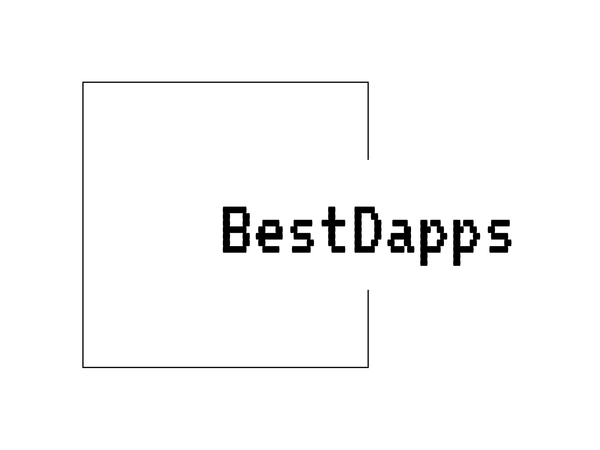
Unlocking Blockchain: Top Use Cases for GLQ
Share
Use Cases of GLQ (GraphLinq)
GLQ (GraphLinq Protocol) is a blockchain-based project that focuses on automating blockchain interactions through no-code and low-code workflows. Designed to simplify blockchain-related operations, the GLQ token is integral to its ecosystem, supporting various use cases that aim to streamline blockchain data operations, reduce complexity, and improve accessibility. Below, we outline the primary use cases for GLQ.
1. Automation of Blockchain Processes
One of the main applications of GLQ lies in automating blockchain tasks via GraphLinq Studio. Users can create workflows to interact with multiple blockchain protocols and APIs without writing code. This functionality caters to developers, businesses, and non-technical users looking to manage blockchain operations efficiently. For instance, tasks like transferring tokens, handling smart contract interactions, or retrieving blockchain data can be automated to save valuable time and resources.
2. Integrations with Multiple Blockchains
GLQ powers workflows that integrate with not just one, but several blockchain networks, which is valuable for cross-chain solutions. For businesses or developers working in a multi-chain environment, this allows them to create tools that interact seamlessly across platforms such as Ethereum, Binance Smart Chain, and others. By leveraging this use case, the complexity of bridging and managing multi-chain projects is significantly reduced.
3. Real-Time Data Acquisition
Another notable use case for GLQ is enabling real-time blockchain data acquisition. This is particularly important for users who need to monitor blockchain transactions, wallet movements, or smart contract events. With the ability to pull data in real-time through customizable workflows, businesses can act quickly on critical information, enhancing their operational efficiency and decision-making processes.
4. DeFi Use Cases and Analytics
GLQ workflows also provide strong support for decentralized finance (DeFi) applications. Users can set up systems to monitor liquidity pools, automate yield farming activities, or track token prices within DeFi ecosystems. Additionally, the ability to combine blockchain data with APIs facilitates the creation of analytics dashboards for better insights into DeFi trends and performance metrics.
5. Simplification of DApp Development
For developers creating decentralized applications (DApps), GraphLinq streamlines backend operations by reducing manual coding requirements. The no-code approach enables faster prototyping and development, making GLQ a helpful tool for teams looking to minimize the time-to-market for their applications.
6. Business Workflow Automation
Beyond blockchain-specific use cases, GLQ serves as a bridge between blockchain technology and traditional business workflows. By integrating blockchain functionality with external APIs and mainstream tools, businesses can automate processes such as customer service interactions, payment verification, or supply chain tracking, creating value through operational efficiency.
In summary, GLQ expands the accessibility and practicality of blockchain technology by simplifying interaction processes, enabling real-time data monitoring, and providing cross-chain integration capabilities. These use cases make it a versatile tool for developers, businesses, and blockchain enthusiasts looking to innovate or optimize their operations.
